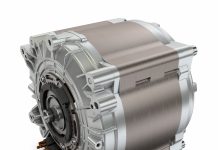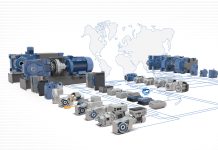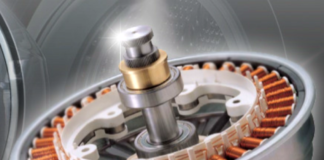Recently, the manufacturer Carpanelli has informed us that all series of its electric motors are available in self-braking versions, too. “The brake can be in both alternate and direct current. The DC brake can be used as a standard brake or as a holding brake. The braking group can be associated with Carpanelli electric single-phase, three-phase, or double-polarity motors”, the manufacturer explained in detail.
In the press release, we can read that in the industrial field, or automation systems, it is common to find mechanical braking systems coupled on the axis of asynchronous motors. “These brakes are generally operated by an electromagnet, with power supply derived from the same power supply line of the motor. When the power supply is cut, the brake closes due to the springs installed in the brake unit, creating a constant braking torque. This type of electromagnetic brake is generally of disc type: coupled to an asynchronous motor, it creates a single system called a self-braking motor, including a three-phase or single-phase asynchronous motor. The electromagnetic-type brake may have its coil powered by direct current or alternating current, depending on the typology. If the electromagnetic brake coil must be powered in direct current, a suitably sized rectifier bridge is used”.
Speaking instead of a rectifier, it can generally be housed inside the motor terminal box, or outside the box, screwed like a cable gland. “This type of rectifier shows some peculiarities: it satisfies the task of rectifying alternating voltage into direct voltage and it incorporates protection devices against overvoltages. Rectifiers can have 4 or 6 terminals, or PG with wires, through which the connections to the electromagnetic brake coil are carried out”, Carpanelli specifies. “Self-braking motors assure utmost safety, precision, and reliability. They provide a control in locking phases and are mainly used to: reduce machining times by lowering machine slowdown times; carry out parking; satisfy the requirements connected with safety regulations”.









